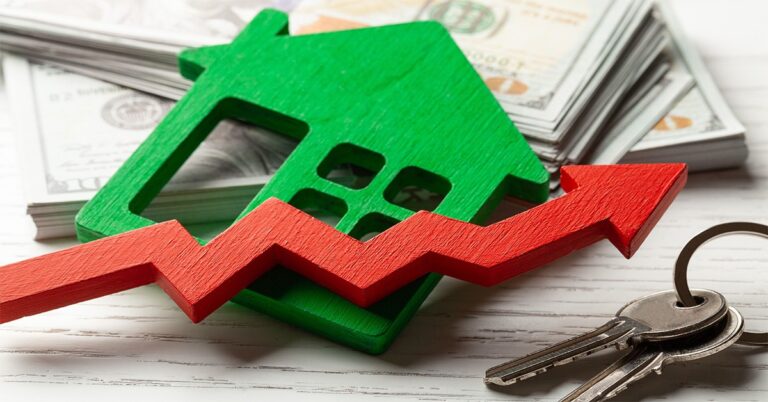Net senior housing wealth continued to rise to new historic peaks during the third quarter of 2020, according to the National Reverse Mortgage Lenders Association (NRMLA).
The latest release of the NRMLA/RiskSpan Reverse Mortgage Market Index revealed that homeowners 62 and older saw their housing wealth grow to $7.82 trillion during the third quarter. That’s a quarterly increase of $121 billion, or 1.6%, bringing housing wealth to its highest level since NRMLA began keeping track in 2000.
The gain was chiefly driven by an estimated growth of $149 billion, or 1.6%, in senior home values. That growth was offset by a $28 billion increase in mortgage debt held by senior citizens.
Want more news, topics and trends?
Get perspectives on the mortgage industry from thought leaders by subscribing to Scotsman Guide’s free digital editions.
Senior housing wealth has been on an upward trajectory since 2011, per the NRMLA’s data. The metric exceeded $7 trillion for the first time in the third quarter of 2018.
Quarterly growth had slowed to between 0.3% to 0.6% in 2019 before gaining steam again last year. And the market has responded by adding diversity in products as gains have accelerated, NRMLA president Steve Irwin said.
“The reverse mortgage marketplace has greatly expanded over the past year to include more private-label products that offer consumers more options and greater flexibility compared to the FHA-insured Home Equity Conversion Mortgage,” said Irwin. “While the HECM still accounts for over 90% of the market, we expect private-label reverse mortgage distribution channels to expand over time.”
Irwin tolled the bell for the importance of senior equity in October, noting that the responsible use of equity may be an option to help seniors stay financially secure as economic risks grow due to COVID-19. A recent Risk Retirement Index published by Boston College’s Center for Retirement Research reported that 55% of working-age households are at risk of maintaining their pre-retirement standard of living because of COVID-19.







